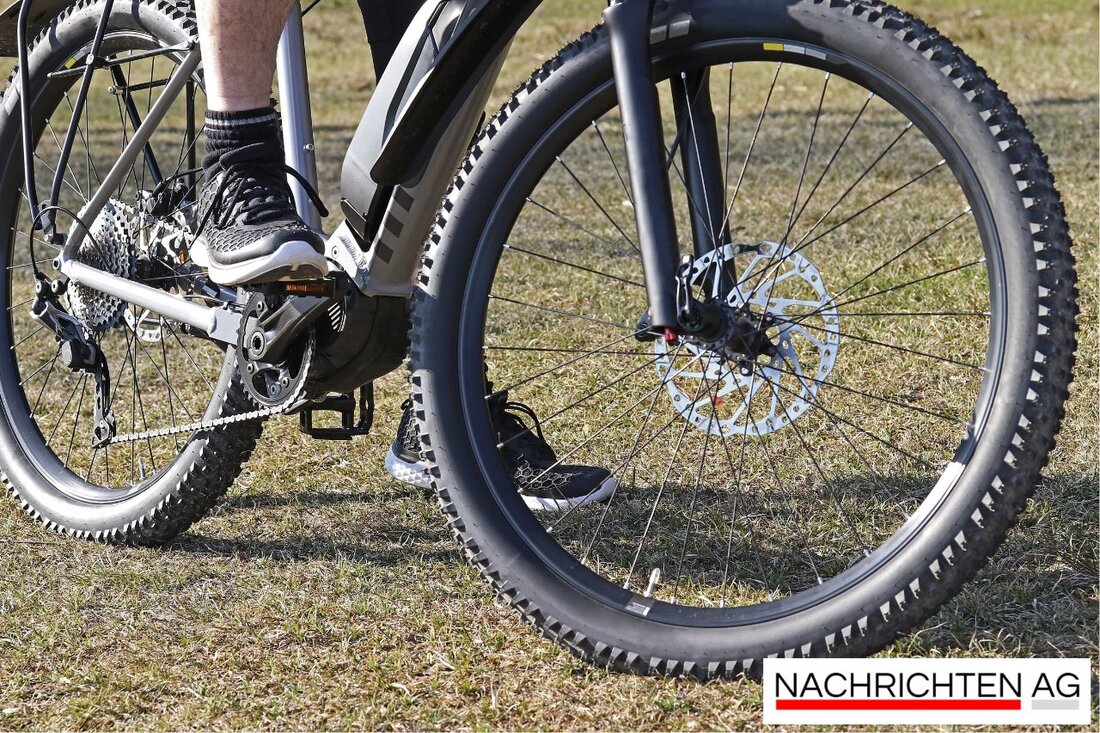Bremen saves lives: Minimally invasive aortic surgery successful for the first time!
Diethelm Blome, 77, is recovering in Bremen after innovative minimally invasive aortic arch surgery. Lives saved!

Bremen saves lives: Minimally invasive aortic surgery successful for the first time!
Diethelm Blome, a 77-year-old from Bremen, has started a new phase of life after a successful operation on the aortic arch, which was carried out minimally invasively for the first time in Bremen. The treatment was carried out at the Red Cross Hospital Bremen (RKK) and included the implantation of an aortic arch prosthesis via catheter, which is a first for the clinic. Blome, whose aneurysm was discovered last year, is recovering well and enjoys staying active - riding an e-bike and watching football.
The discovery of his aortic arch aneurysm occurred when Blome presented to an ENT practice with hoarseness and inflammation of the vocal cords. A computer tomography led to the diagnosis and his referral to the Aortic Center at the RKK. An aneurysm in this critical area of the main artery can be potentially life-threatening because important blood vessels for the arms and brain branch off there. Until now, open surgery with the severing of the sternum and the use of a heart-lung machine was the standard.
Minimally invasive technology on the rise
The new minimally invasive method used in Bremen offers significantly fewer risks than the traditional approach. It uses catheter access via the groin and neck, which results in smaller accesses overall, minimizes blood loss and significantly shortens the length of stay in the intensive care unit. Although this method is only practiced in a few clinics in Europe, initial studies show better mortality and stroke rates compared to open surgery, making it an increasingly preferred option. The prosthesis is custom-made and stabilizes the dangerous expansion of the aorta while ensuring blood flow to the arms and brain is maintained.
Dr. med. Ahmed Koshty, head of vascular surgery at the Diakonie Klinikum Jung-Stilling in Siegen, describes the challenge of treating aortic arch aneurysms and emphasizes that minimally invasive surgery is not a standard procedure, but can be carried out with manageable risk. Only a few clinics in Europe specialize in this procedure, although it has established itself as an effective method, especially for patients whose health conditions make it unsuitable for open surgical treatment. The previous therapy required a heart-lung machine and was therefore not feasible in many cases.
A look at the future
Despite the promising results, the minimally invasive method requires further investigation to better evaluate long-term results. In Dresden, this procedure was recently performed on an 80-year-old patient who had also refused open surgery. These advances in vascular surgery show that modern medicine is constantly striving to improve patients' quality of life and revolutionize surgical procedures.
Although Diethelm Blome still has to undergo regular checks to check the tightness of the prosthetic arms, the first check after the procedure fortunately revealed no abnormalities. This leaves him plenty of time to enjoy his active life and experience the happiness that innovative medical technology has brought him.
For further information on the treatment methods and the background to this procedure, you can read the reports on Weser courier, Vascular surgery Siegen and Dresden University Hospital read up.

 Suche
Suche
 Mein Konto
Mein Konto